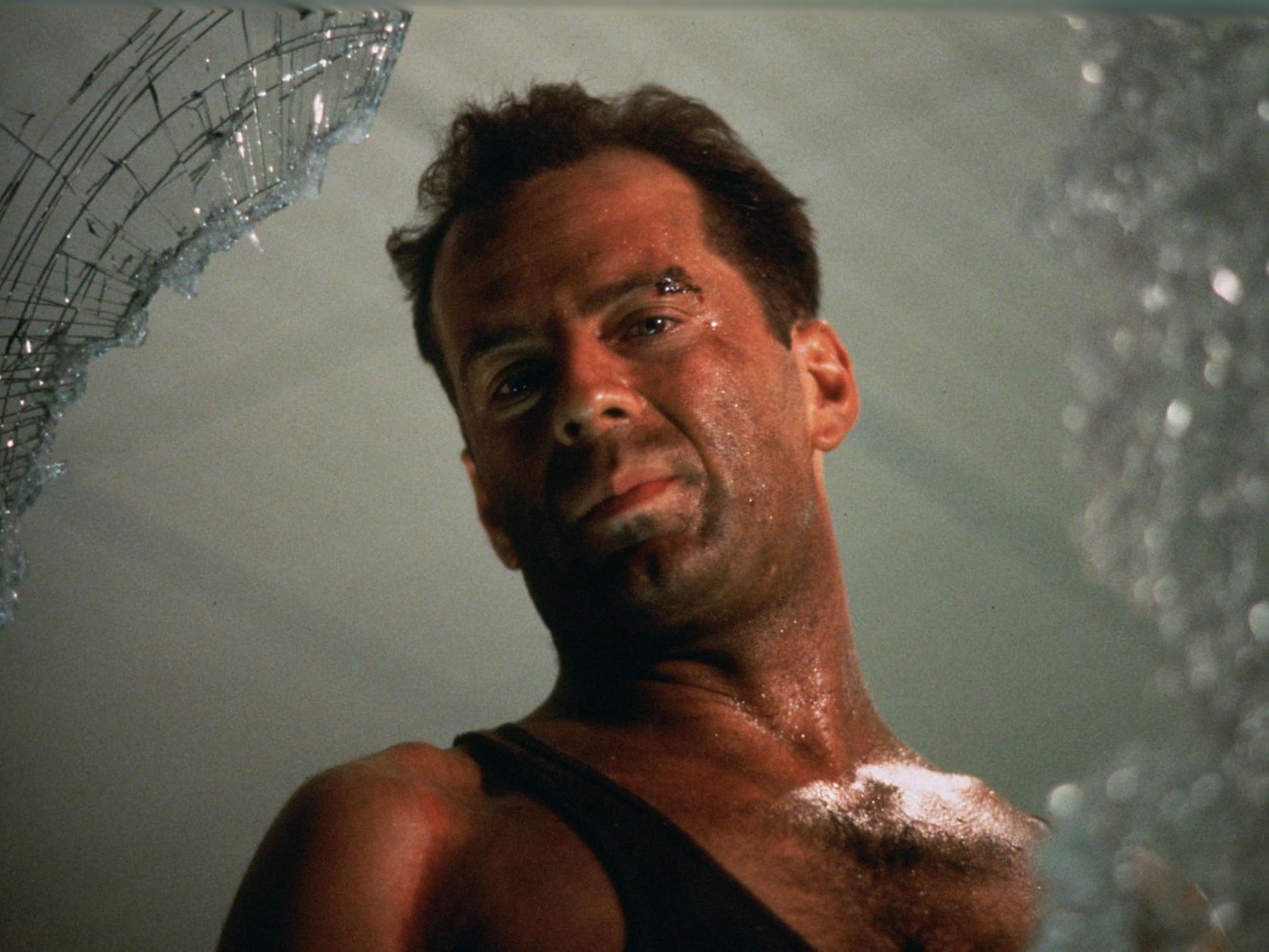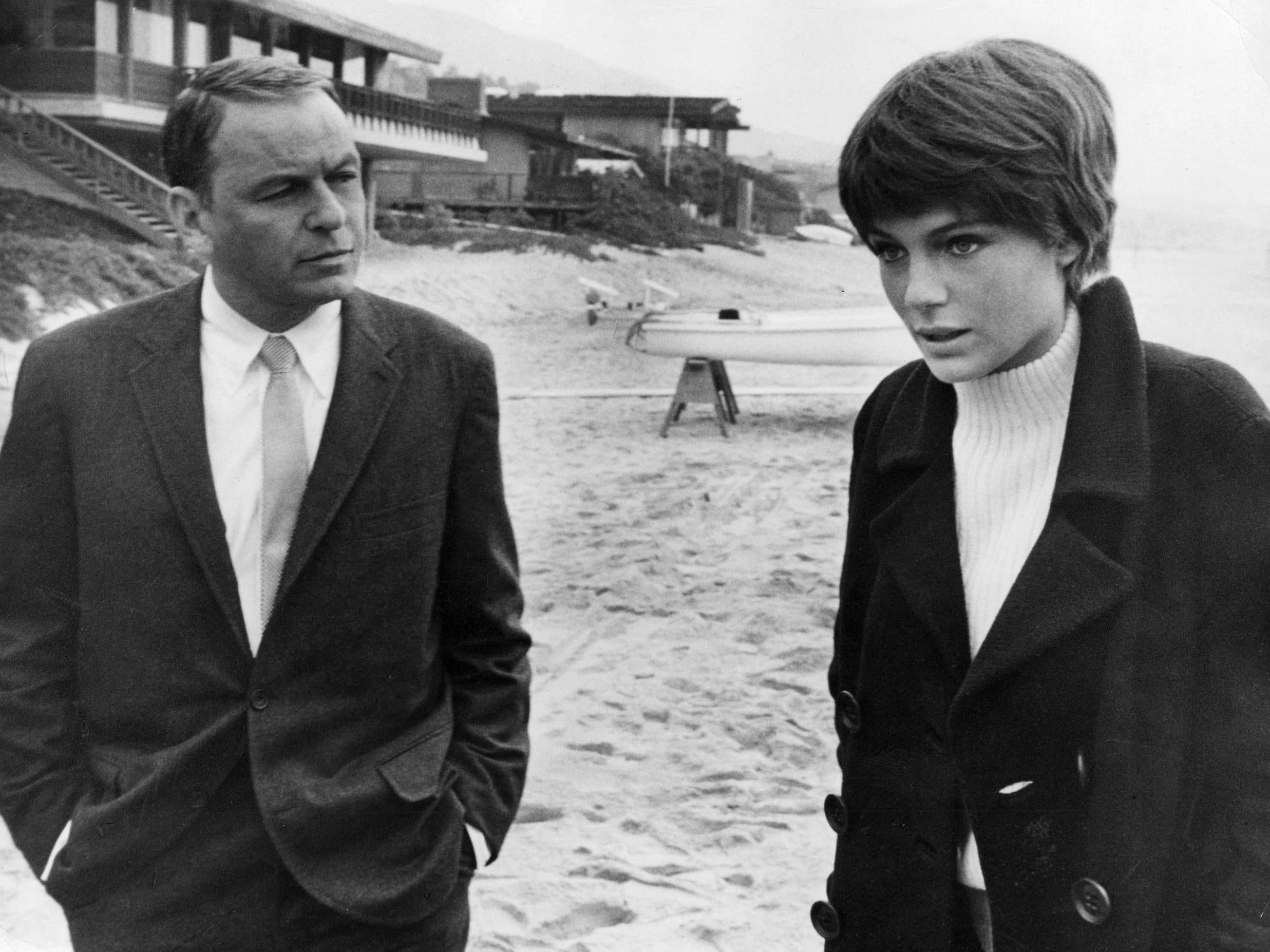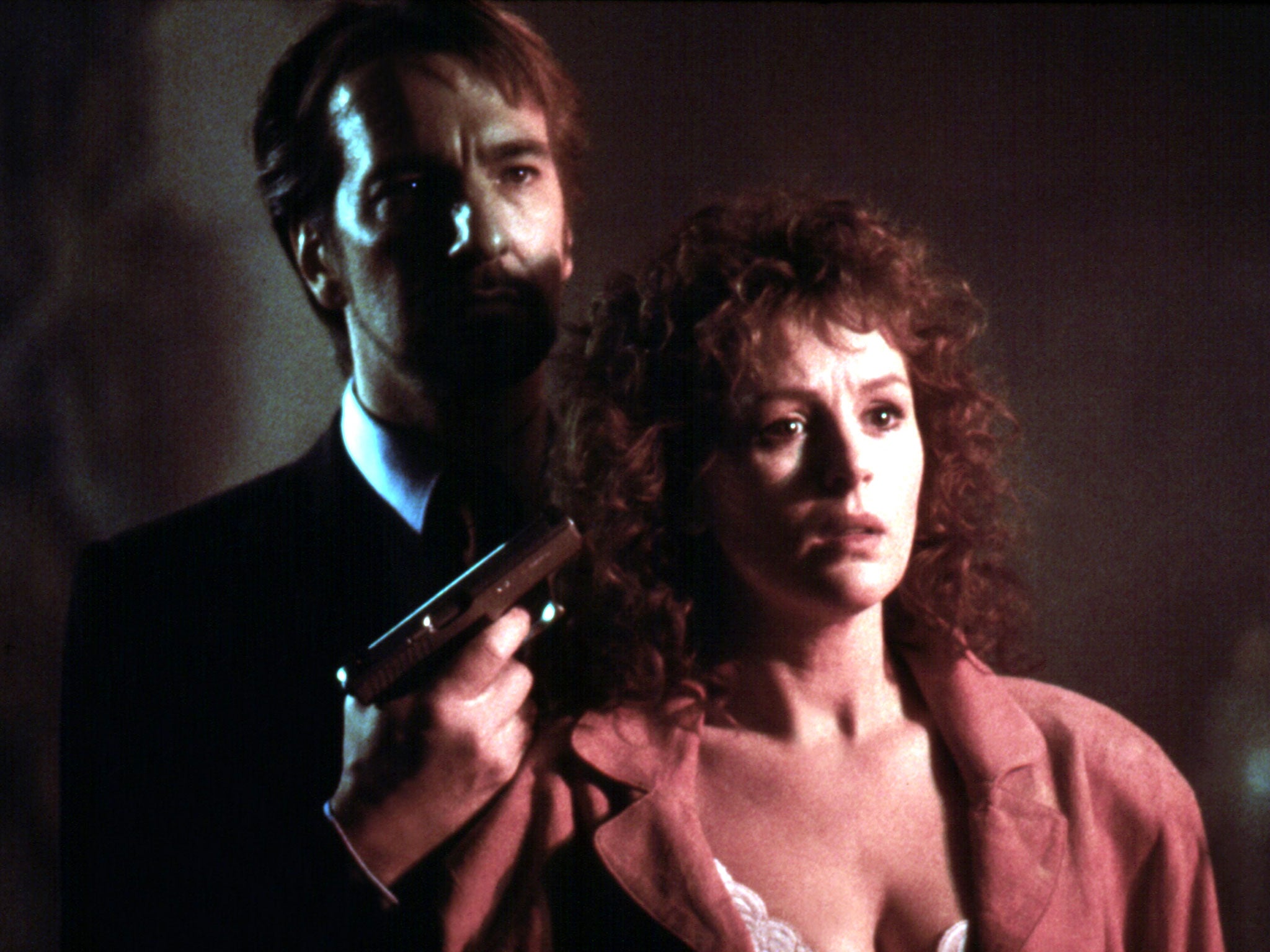Die Hard turns 30: How a pulp novelist fell asleep at the movies and dreamt an action classic
Amazingly, A Midsummer Night’s Dream also played a part in shaping this archetypal blockbuster, which made international stars of Bruce Willis and Alan Rickman
Your support helps us to tell the story
From reproductive rights to climate change to Big Tech, The Independent is on the ground when the story is developing. Whether it's investigating the financials of Elon Musk's pro-Trump PAC or producing our latest documentary, 'The A Word', which shines a light on the American women fighting for reproductive rights, we know how important it is to parse out the facts from the messaging.
At such a critical moment in US history, we need reporters on the ground. Your donation allows us to keep sending journalists to speak to both sides of the story.
The Independent is trusted by Americans across the entire political spectrum. And unlike many other quality news outlets, we choose not to lock Americans out of our reporting and analysis with paywalls. We believe quality journalism should be available to everyone, paid for by those who can afford it.
Your support makes all the difference.This week marks the 30th anniversary of the (fictional) Nakatomi Plaza siege in Los Angeles.
John McTiernan’s hugely influential action caper Die Hard sees the building taken over by a gang of German terrorists, famously thwarted by the barefoot heroics of off-duty cop John McClane (Bruce Willis), hiding out in the skyscraper after attending his estranged wife Holly’s (Bonnie Bedelia) office Christmas party in the hope of reconciling with her.
Die Hard was first released in the city in which it is set on 12 July 1988, before opening nationwide three days later. The film cost $28m (£21m) to make, but reaped $140m (£105m) internationally, setting the template for a number of blockbusters that have since followed: from Under Siege (1992) and Speed (1994) to The Rock (1996), Con Air, Air Force One (1997) and White House Down (2013).
Dwayne “The Rock” Johnson’s new release, Skyscraper (2018), is both the latest and one of the most overt imitations yet.
Die Hard made a movie star of Willis, then best known for his comedic role as a private eye opposite Cybill Shepherd in TV’s Moonlighting (1985-89). It also capitalised on the sneering villainy of the late, great Alan Rickman as mastermind Hans Gruber. The actor was a regular in British period dramas at the time, making a name for himself as the memorably-wretched Obadiah Slope in the BBC’s The Barchester Chronicles (1982).
Die Hard is nothing short of a phenomenon, spawning four sequels to date and a loyal fan base, many of whom claim it as their favourite Christmas film and few of whom are more evangelical than Jake Peralta (Andy Samberg) in Brooklyn Nine-Nine.
What is perhaps less well known, is that the film was based on a novel: Roderick Thorp’s 1979 thriller Nothing Lasts Forever.

Thorp's book is a sequel to his previous work The Detective (1966), which is a tale of New York gumshoe Joe Leland, who is hired by a femme fatale and drawn into a web of deceit.
The Detective was also adapted into a film by Gordon Douglas in 1968 and starred Frank Sinatra in the lead.
The idea for a sequel featuring the same character came to Thorp while watching The Towering Inferno (1974), John Guillermin’s quintessential 1970s disaster movie about a high-rise on fire, starring Paul Newman and Steve McQueen. According to legend, Thorp dozed off in the theatre and dreamed of Joe Leland being pursued around a skyscraper by armed hoodlums.

Watch Apple TV+ free for 7 days
New subscribers only. £8.99/mo. after free trial. Plan auto-renews until cancelled

Watch Apple TV+ free for 7 days
New subscribers only. £8.99/mo. after free trial. Plan auto-renews until cancelled

The resulting work, Nothing Lasts Forever, is largely similar in plot to McTiernan’s masterpiece, barring a few name changes. Leland of course became McClane, Gruber is there too but is known as Anton “Little Tony the Red” Gruber, while the tower itself is the Klaxon Oil Corporation headquarters, not that of the good people at Nakatomi headquarters.
Sergeant Al Powell, memorably played by supporting actor Reginald VelJohnson, is also there, fully formed on the page.
Producers had hoped Sinatra would return as Leland for the sequel, but the crooner was realistically too old by the time it was offered to him in the mid-1980s, and so the part was offered to Arnold Schwarzenegger instead. He too turned down the offer, and instead Willis was cast in the leading role.

Though Willis was not featured prominently on early billboard posters for the film due to his comparative obscurity, his sardonic delivery and way with a vest, proved central to the finished film’s appeal. As the trailer states: “John McClane is an easy man to like but a hard man to kill.”
But Thorp’s novel was not the only surprise literary influence in Die Hard.
In the original script, Gruber’s siege took place over three days. But McTiernan was inspired to change it so that all the action unfolded over the course of a single night after reading Shakespeare’s classic A Midsummer Night’s Dream, therein ensuring the story conformed to Aristotle’s classic principles of dramatic unity as outlined in his work Poetics.

Join our commenting forum
Join thought-provoking conversations, follow other Independent readers and see their replies
Comments